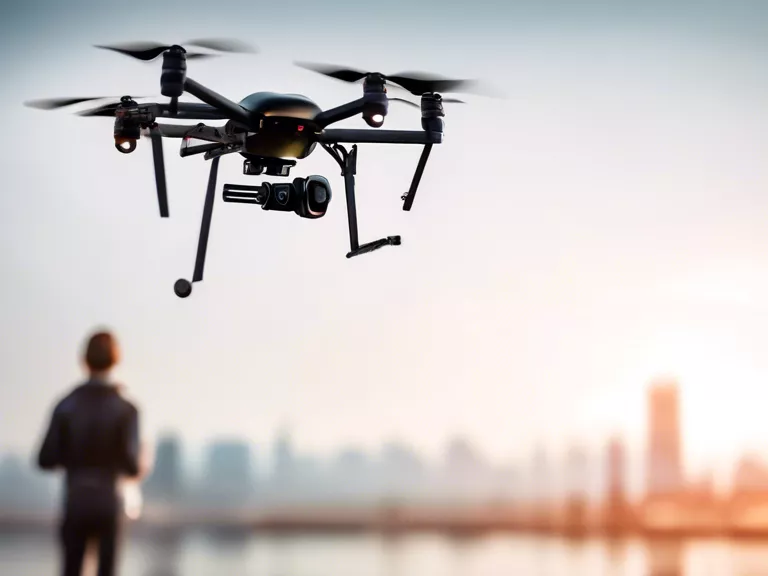
Artificial intelligence (AI) driven drones have revolutionized disaster relief and humanitarian efforts by providing efficient and effective solutions to assess, respond, and manage crises. These advanced technologies have the capability to navigate through challenging terrains, deliver supplies to remote locations, and collect crucial data for decision-making. In this article, we will explore how AI-driven drones are enhancing disaster relief and humanitarian efforts worldwide.
One of the key ways AI-driven drones are making a difference is in rapid assessment and damage estimation. In the aftermath of a disaster, such as a hurricane or earthquake, drones equipped with AI algorithms can quickly survey the affected area and create detailed maps that identify areas of destruction and prioritize response efforts. This real-time data allows disaster response teams to make informed decisions and allocate resources effectively.
Moreover, AI-driven drones are instrumental in delivering aid to hard-to-reach areas. From medical supplies and food packages to communication equipment, drones can transport essential items swiftly and safely. This is particularly valuable in remote regions or conflict zones where traditional modes of transportation may be limited or dangerous. By leveraging AI technology, humanitarian organizations can ensure timely delivery of aid to those in need.
Another significant benefit of AI-driven drones is their ability to conduct search and rescue missions efficiently. Equipped with thermal imaging cameras and AI-powered algorithms, drones can detect and locate survivors in disaster-stricken areas, even in low visibility conditions. This has proven to be crucial in saving lives during natural disasters, such as floods or avalanches, where time is of the essence.
Furthermore, AI-driven drones play a vital role in environmental monitoring and early warning systems. By collecting and analyzing data on climate patterns, air quality, and natural disasters, drones can help predict and mitigate potential risks before they escalate into full-blown crises. This proactive approach to disaster management can significantly reduce the impact on communities and natural resources.
In conclusion, AI-driven drones have demonstrated immense potential in enhancing disaster relief and humanitarian efforts through rapid assessment, aid delivery, search and rescue missions, and environmental monitoring. By harnessing the power of AI technology, we can improve the effectiveness and efficiency of response efforts, ultimately saving lives and building more resilient communities in the face of adversity.



